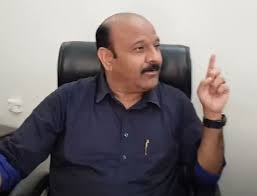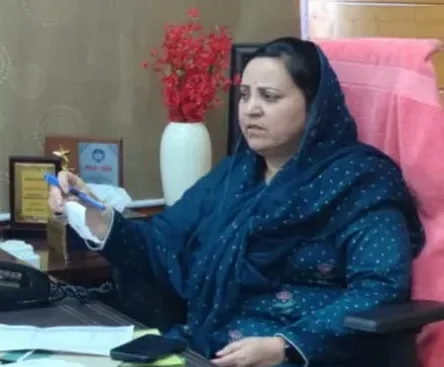New Delhi: The Ministry of Parliamentary Affairs recently announced a 24% hike in the salaries, allowances, and pensions of Members of Parliament (MPs) and former MPs, leading to widespread public discussion and misconceptions.
As per the notification issued on March 24, 2024, MPs’ monthly salaries will increase from ₹1 lakh to ₹1.24 lakh, with retrospective effect from April 1, 2023.
A Structured Mechanism for Salary Revisions
The revision follows a structured process introduced in 2018 to ensure transparency and fairness in MPs’ salary adjustments. Prime Minister Narendra Modi had strongly advocated against MPs deciding their own salaries, recommending that the process be handled by an independent body or linked to specific economic indicators.
In response to these concerns, the Finance Act of 2018 amended the Salaries, Allowances, and Pension of Members of Parliament Act, 1954, linking MPs’ salaries to inflation through the Cost Inflation Index (CII) published under the Income Tax Act of 1961. This amendment replaced the earlier practice of ad hoc salary hikes, which required parliamentary approval each time, often leading to political debates and public discontent.
Under the revised mechanism, MPs’ salaries are automatically adjusted every five years based on the CII, ensuring a predictable and non-arbitrary revision. The 24% increase in MPs’ salaries over a seven-year period translates to an average annual increment of 3.1%, aligning with inflation trends.
Temporary Salary Cut During COVID-19
In April 2020, amid the COVID-19 pandemic, MPs and ministers voluntarily took a temporary 30% salary reduction for one year to support the government’s financial efforts in tackling the crisis. The cut was implemented as an extraordinary measure to reallocate funds toward pandemic relief efforts.
Comparison with State-Level Salary Hikes
While the structured mechanism for MPs ensures a gradual and justified salary revision, several state governments continue to approve significant and often arbitrary salary hikes for their chief ministers, ministers, and legislators.
Karnataka (2025): Chief Minister Siddaramaiah recently approved a 100% salary hike, doubling salaries for the CM (₹75,000 to ₹1.5 lakh), ministers (₹60,000 to ₹1.25 lakh), and MLAs (₹40,000 to ₹80,000). This revision imposes an additional financial burden of ₹62 crore on the state treasury, which is already under debt pressure.
Jharkhand (2024): The JMM-led government increased salaries for the CM, ministers, and MLAs by 50%.
Delhi (2023): CM Arvind Kejriwal approved a 136% salary hike, raising his salary to ₹1.7 lakh, while MLAs saw a 66% increase to ₹90,000.
West Bengal (2023): CM Mamata Banerjee increased MLAs’ salaries by 50% (₹80,000 to ₹1.2 lakh) and ministers’ pay by 36%.
Telangana (2016): The state government approved a 163% hike, making its legislators the highest paid in the country, with the CM drawing ₹4.1 lakh per month, ministers ₹3.5 lakh, and MLAs ₹2.5 lakh.
Himachal Pradesh (2016): Despite financial constraints, the Congress-led government approved an 83% salary hike.
Public Perception and Misconceptions
Public criticism of MPs’ salary revisions often stems from a lack of awareness about the structured process governing these adjustments. Unlike state legislators, whose salary hikes are often politically motivated and imposed without checks, MPs’ salary revisions are tied to inflation and follow a systematic approach.
The current 24% increase, spread over seven years, ensures financial prudence while preventing arbitrary raises. As political discussions continue, the structured approach adopted for MPs’ salaries serves as a model for ensuring responsible fiscal management in legislative pay decisions.





